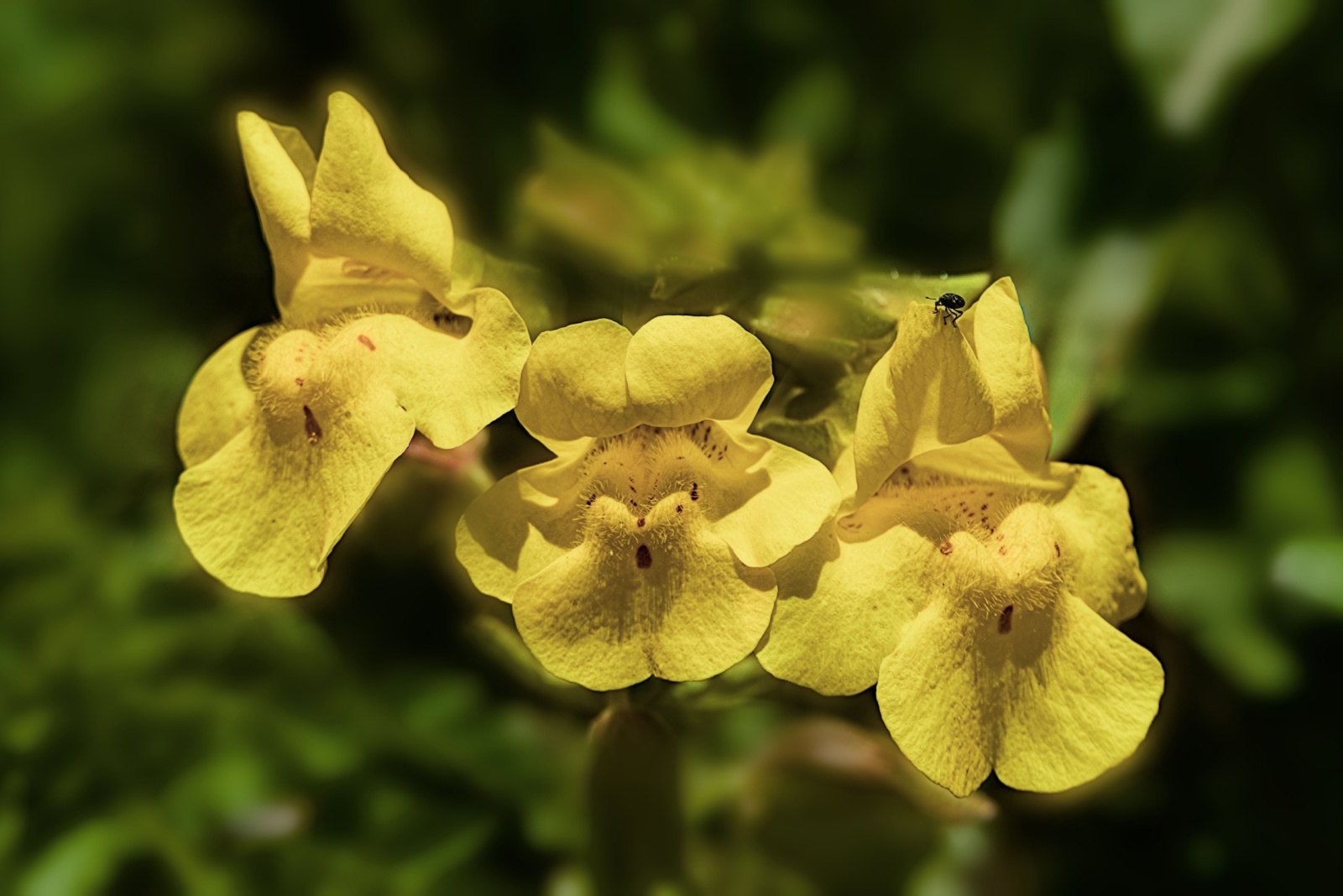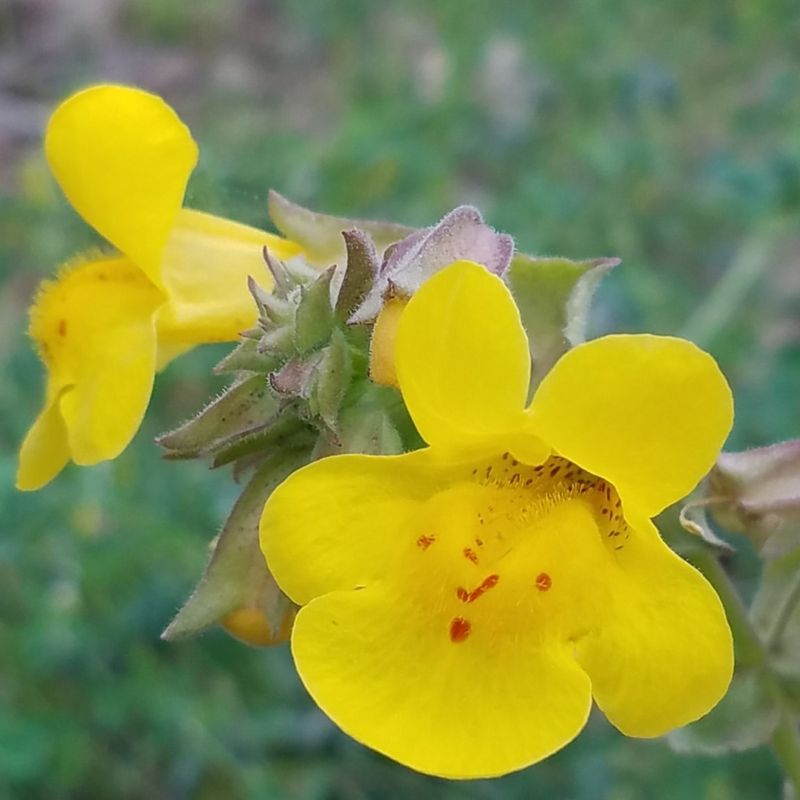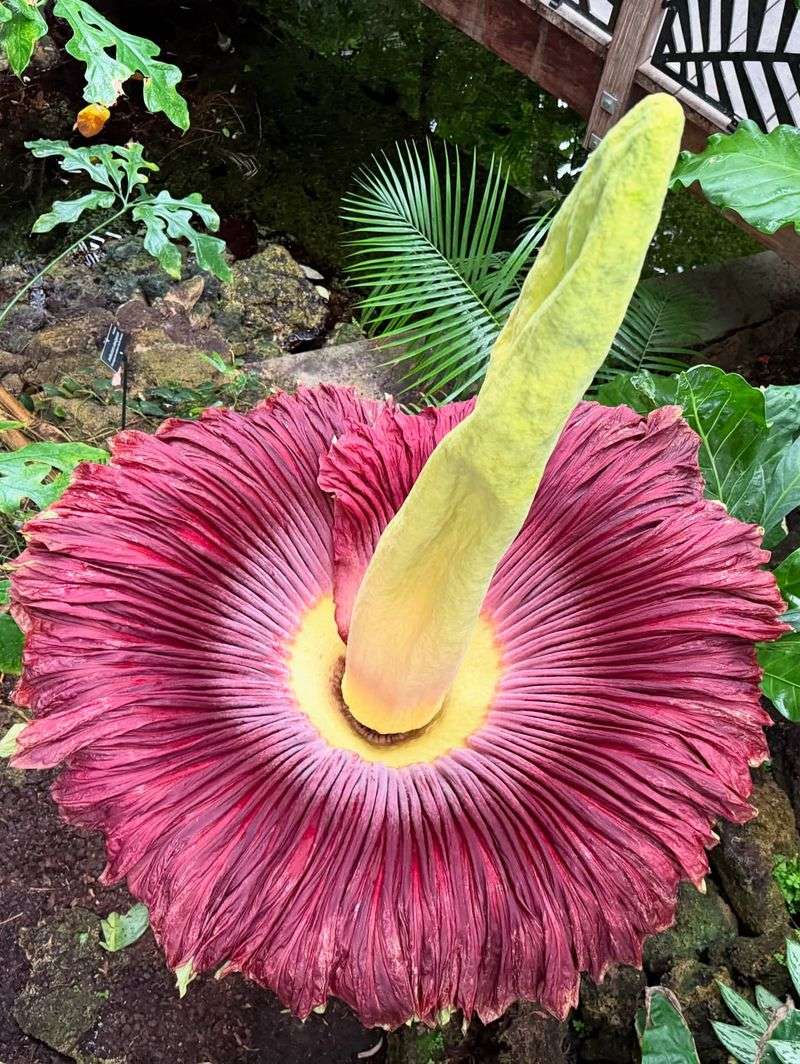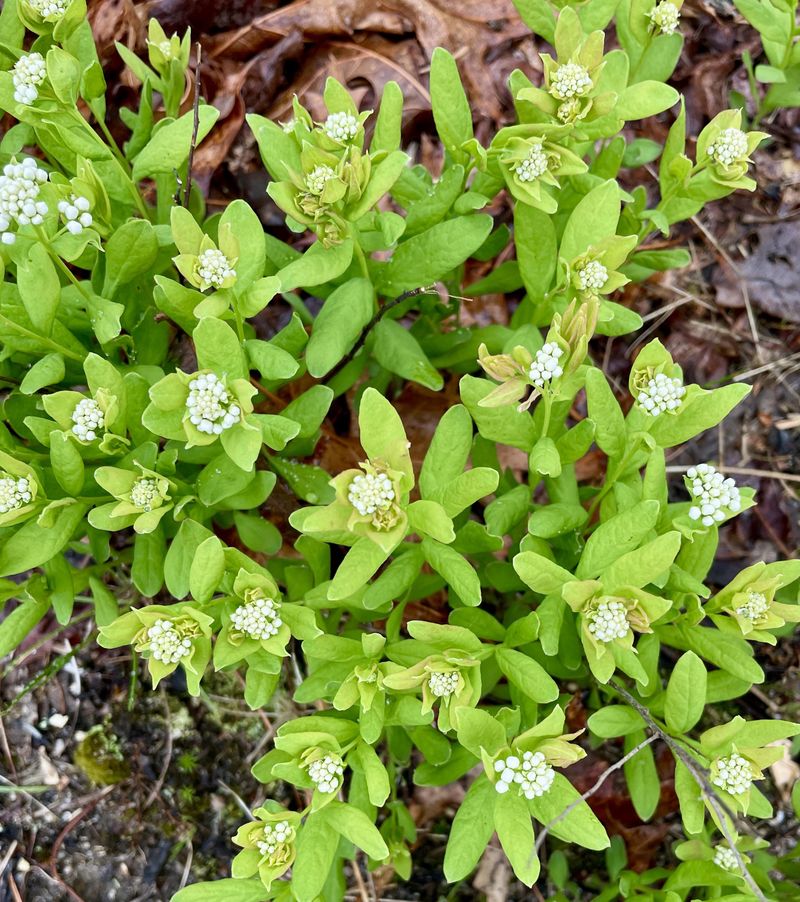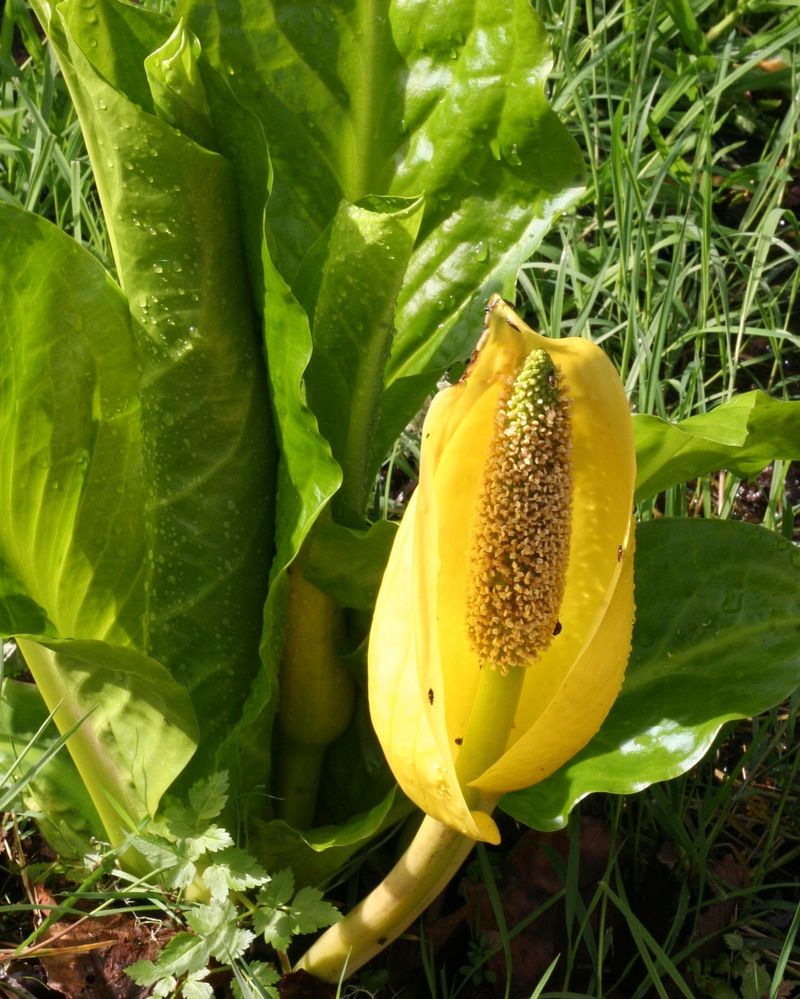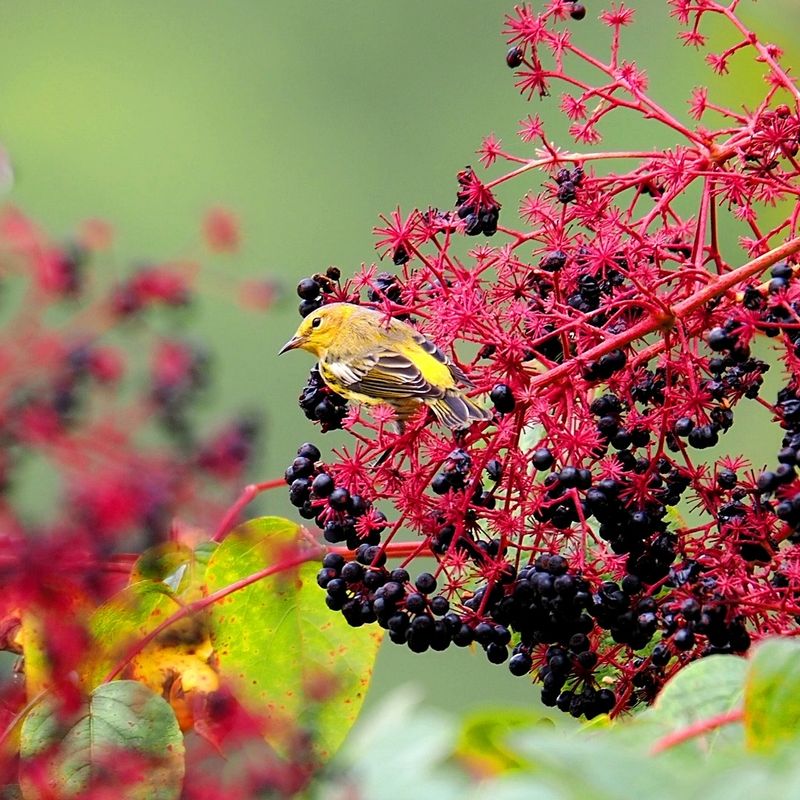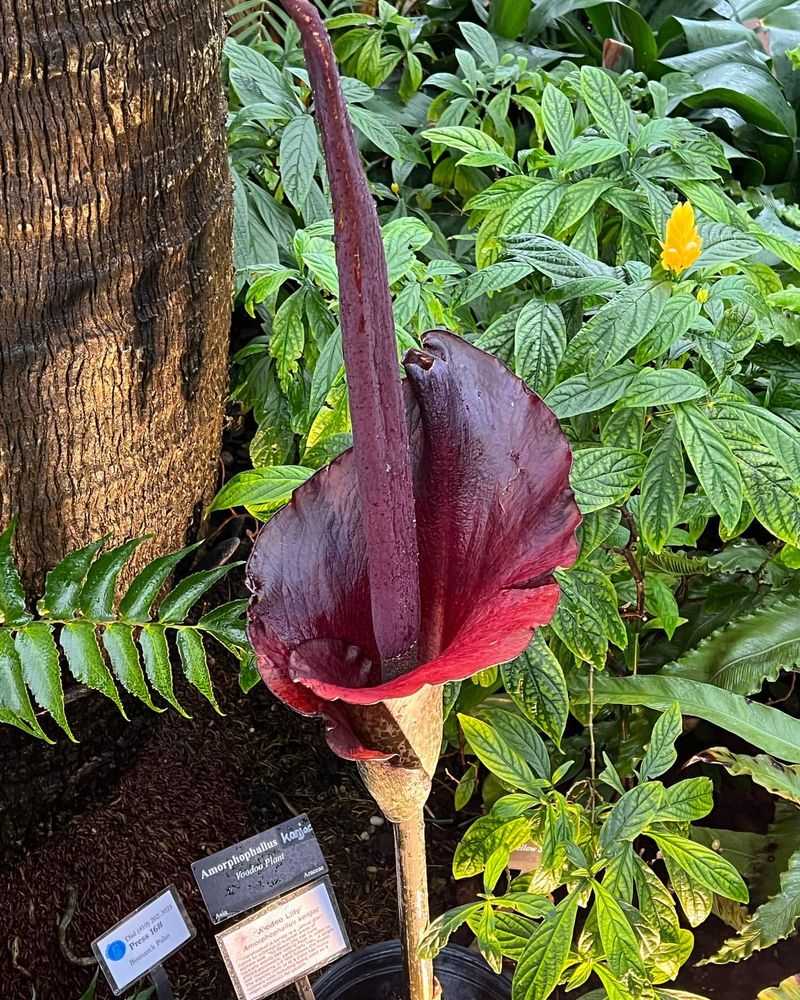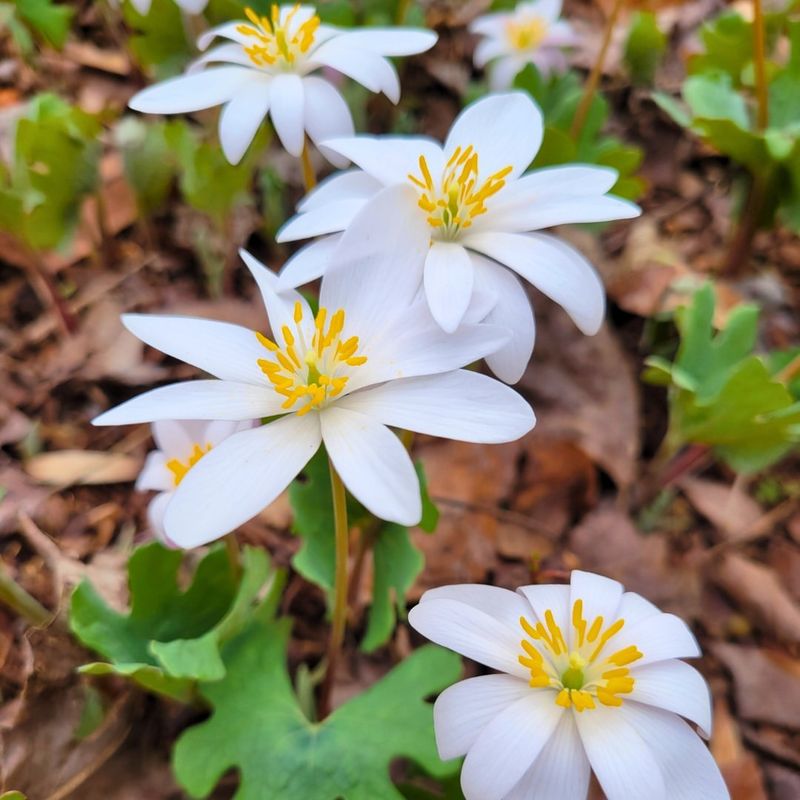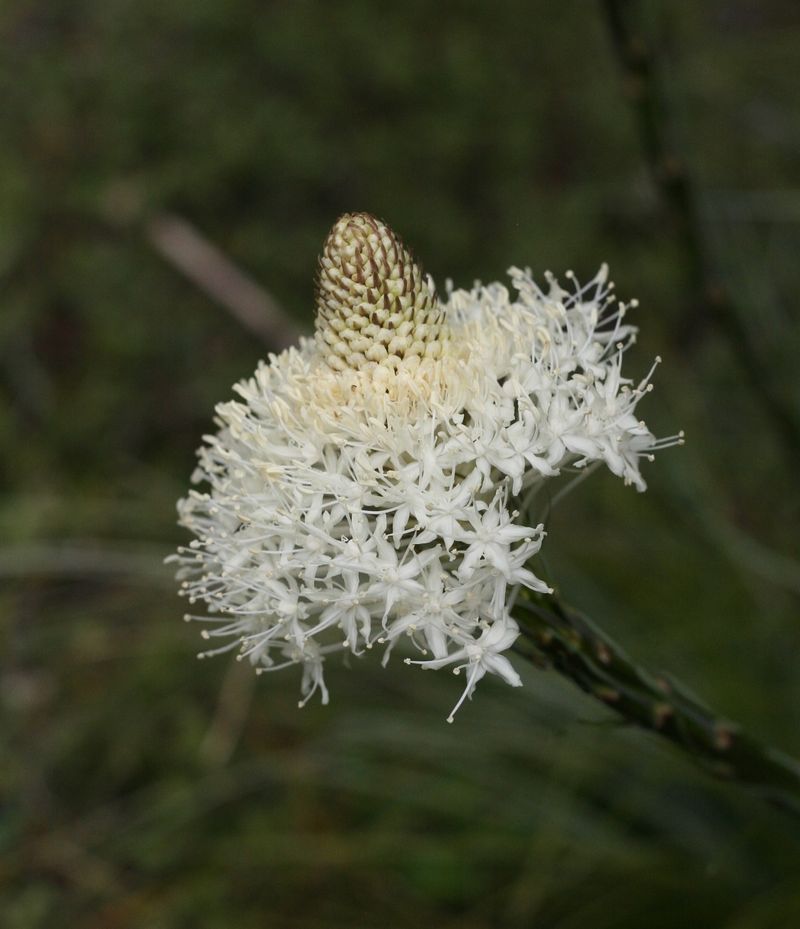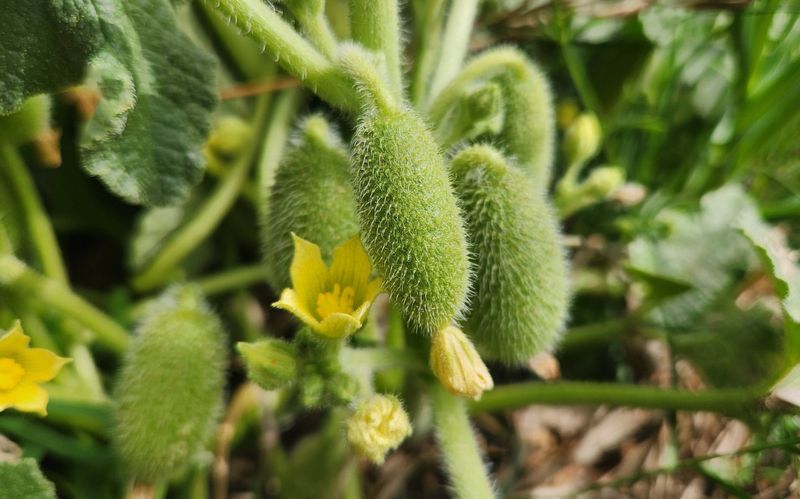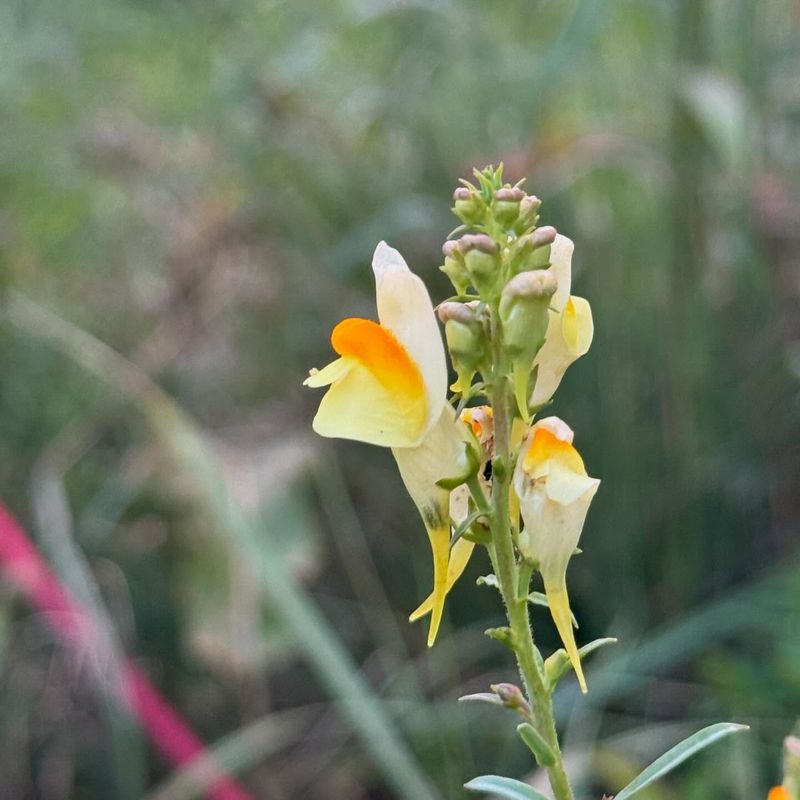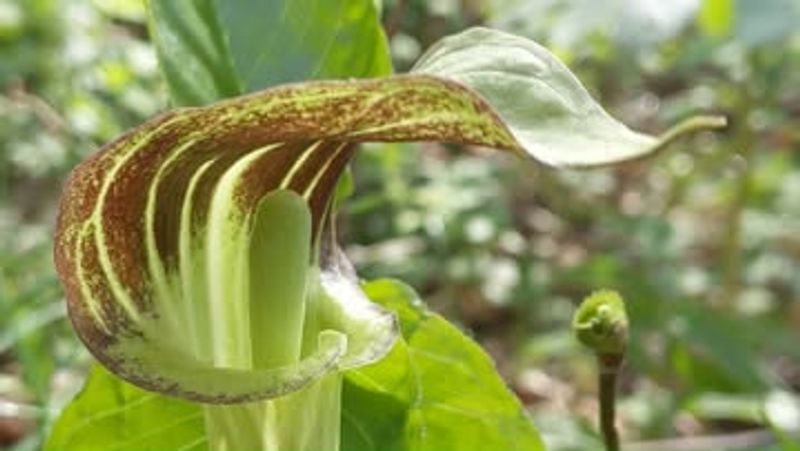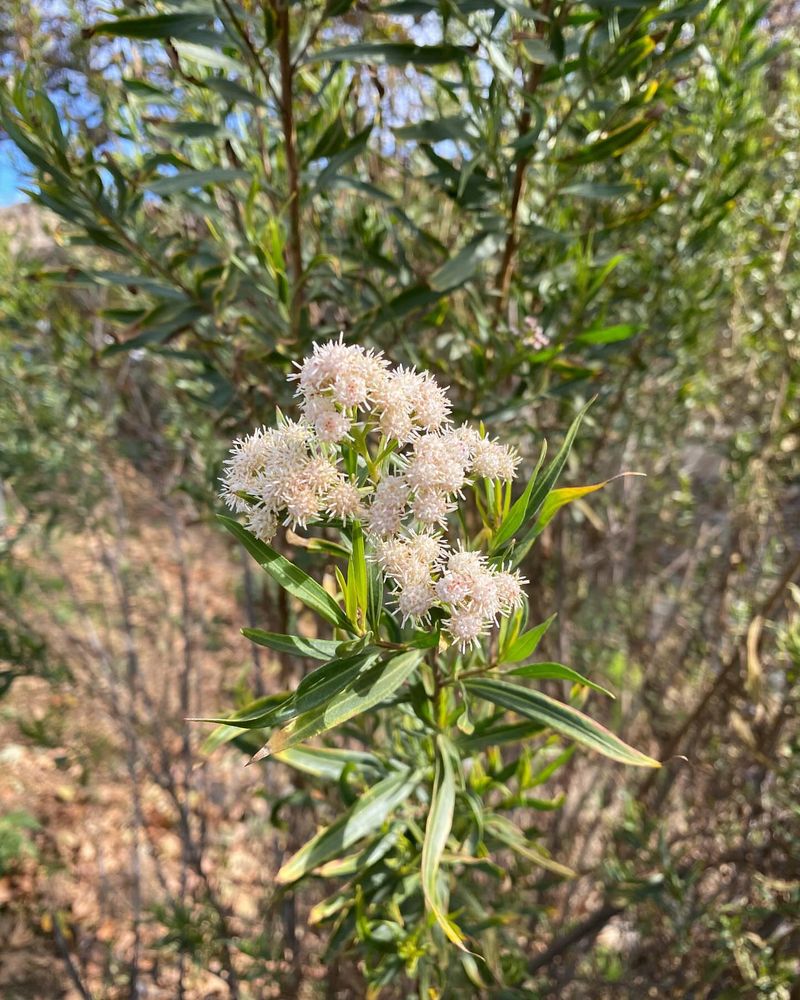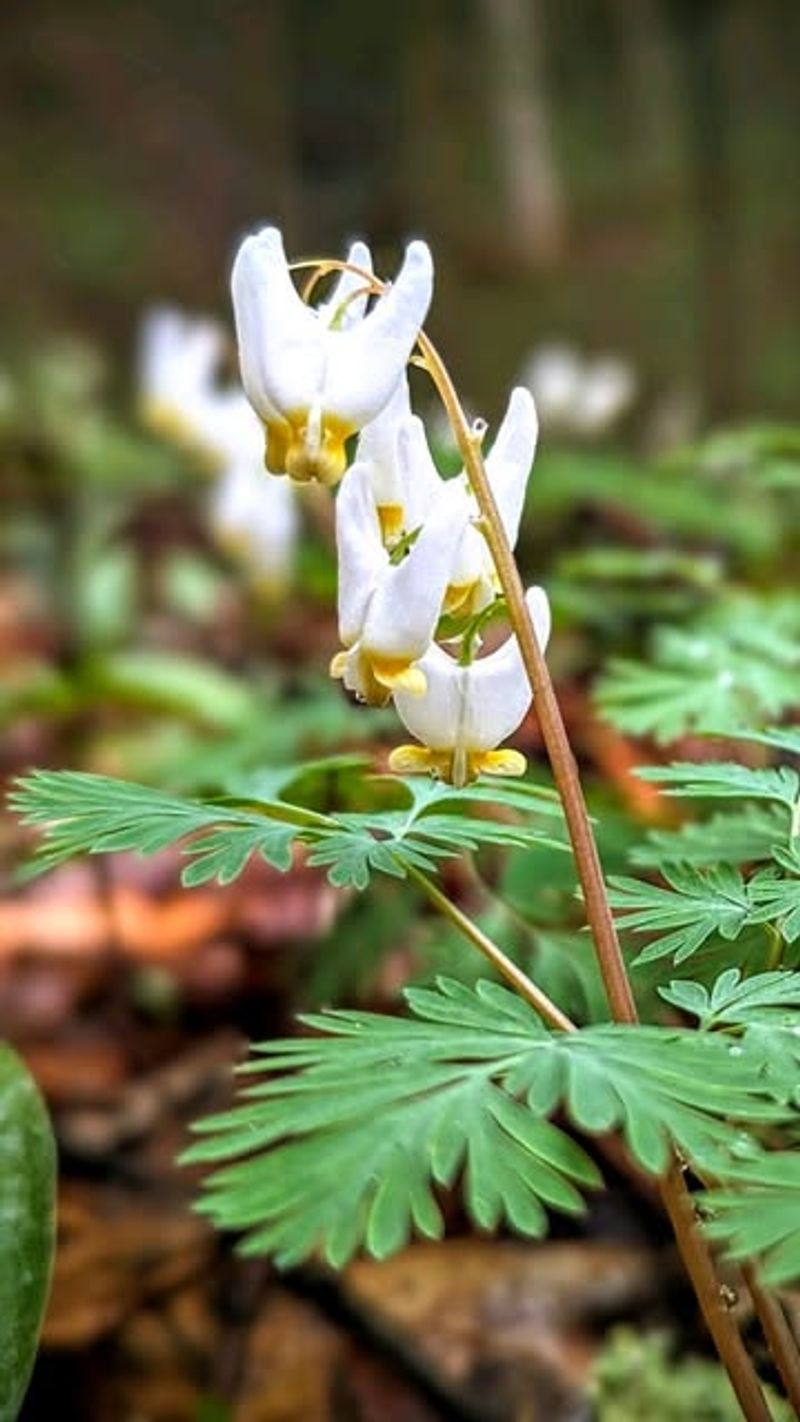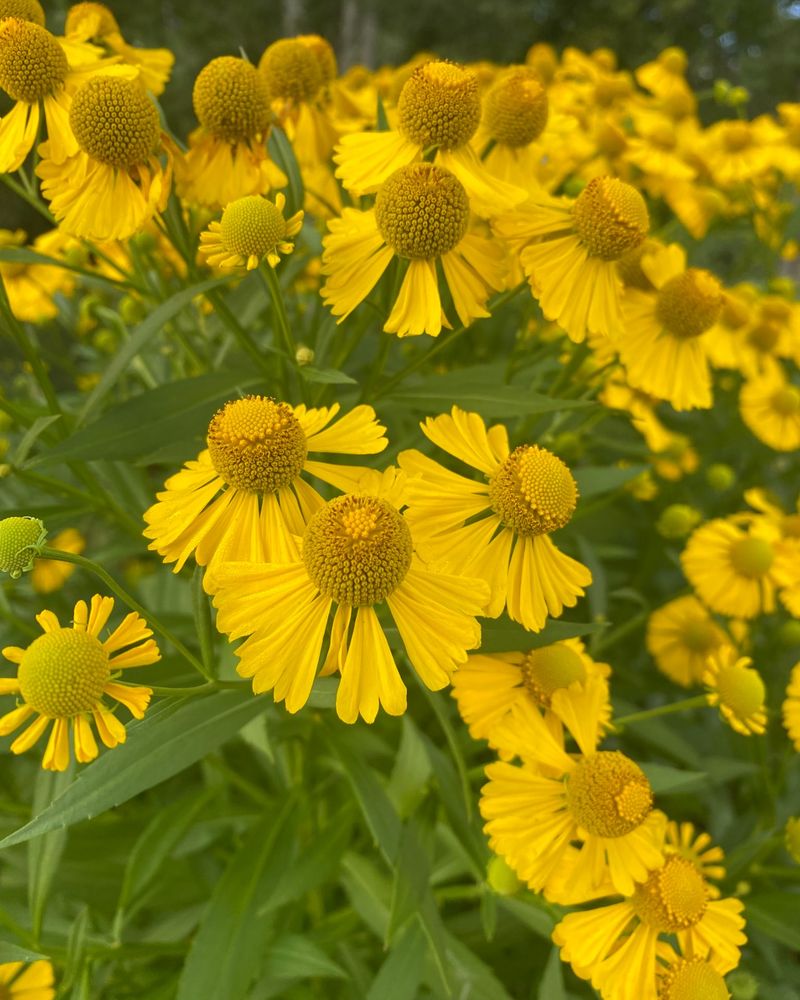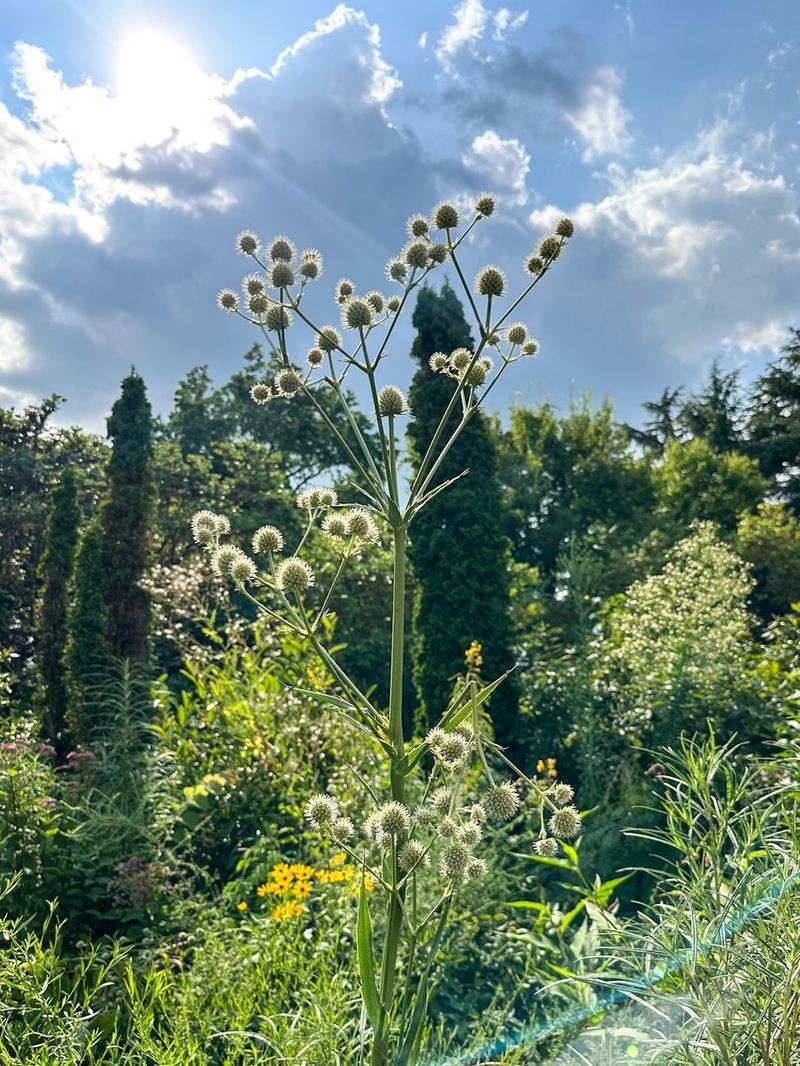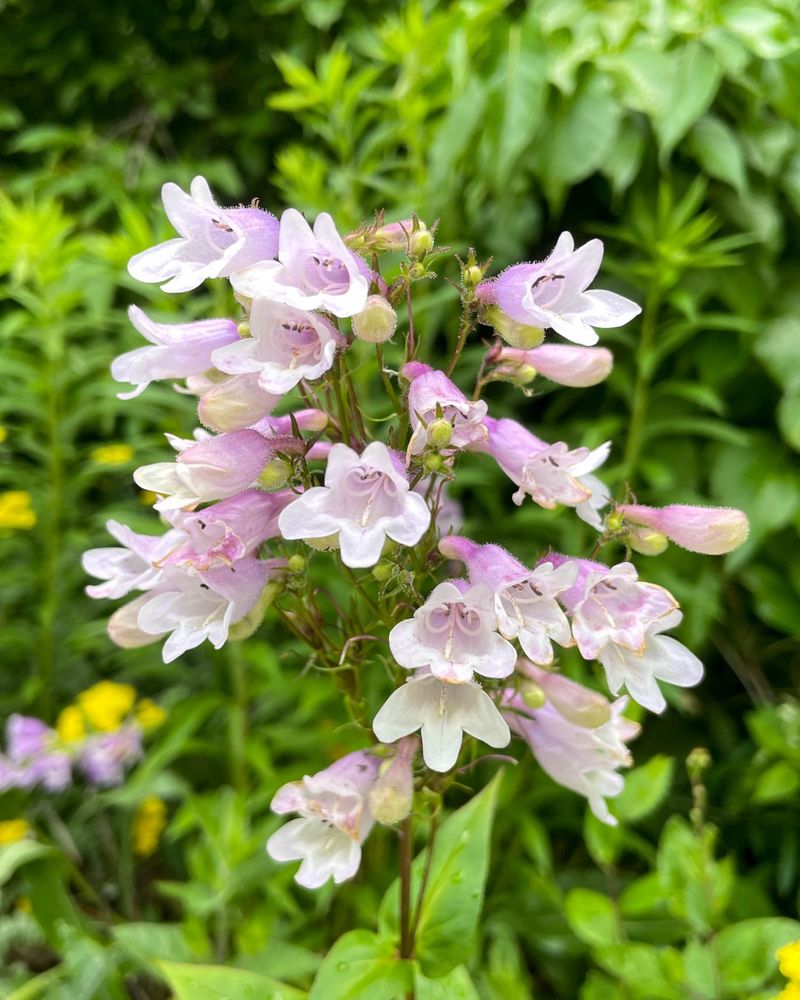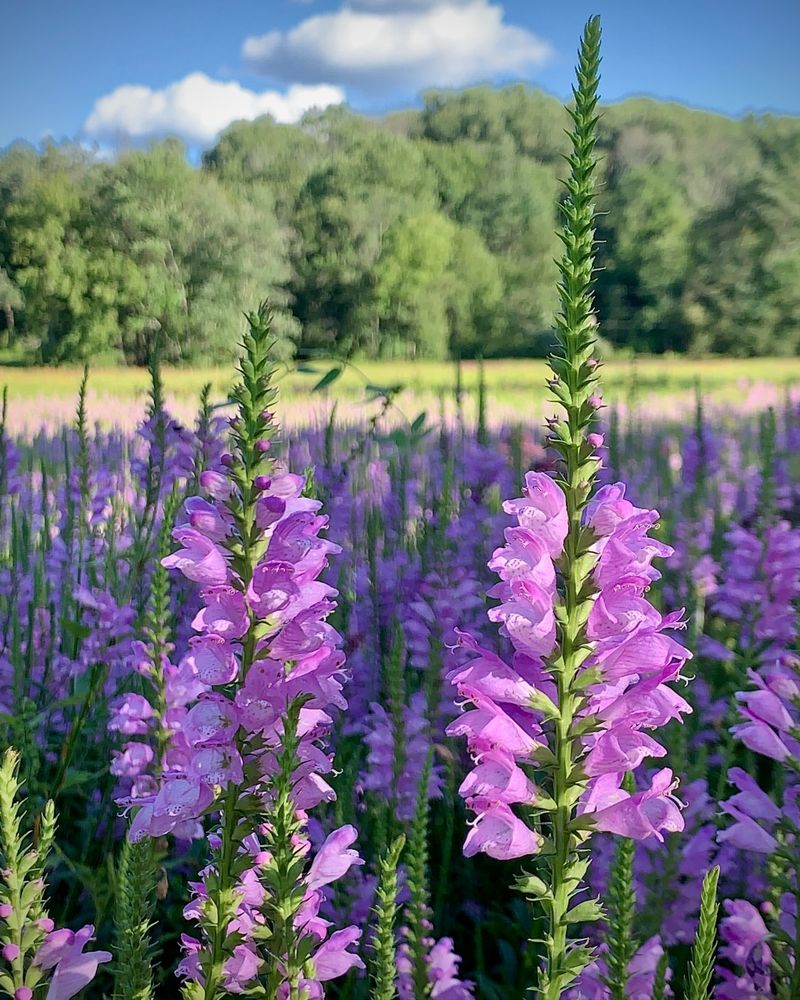The plant world never runs out of surprises—especially when it comes to names. Across the U.S., you’ll find plants with titles that are quirky, clever, or downright strange. They tend to stick with you, whether you’re a botanist or just passing by.
From Florida’s swampy wetlands to Arizona’s dry deserts, these names often reflect a plant’s look or purpose. Some hint at medicinal uses, others at folklore or local humor. Each one carries a story shaped by the people who named it.
These unforgettable names aren’t just labels—they’re windows into regional culture and imagination. They make the landscape feel more alive, more personal. And once you hear them, you’ll never look at those plants the same way again.
1. Monkey Flower
Found along streams and wet areas throughout the western United States, these cheerful blooms got their name because they resemble little monkey faces with open mouths. Native Americans once used them medicinally.
Growing them in your garden provides a conversation starter that children especially love. The bright yellow or purple flowers appear from spring through fall in most regions.
I planted some along my pond edge last year, and visitors always stop to point out how the blossoms really do look like tiny primates peering back at you!
2. Corpse Flower
Botanical gardens across America occasionally host special viewings when this infamous plant blooms. The scientific name, Amorphophallus titanum, is almost as memorable as its common name, which refers to its overwhelmingly foul odor resembling rotting meat.
Native to Indonesia but cultivated in U.S. conservatories, this giant can reach 10 feet tall when flowering. The smell attracts carrion beetles and flies for pollination.
During a rare blooming at our local garden, the line to see (and smell) it stretched around the block—proof that sometimes the most repulsive things are also the most fascinating!
3. Bastard Toadflax
Despite its rather rude-sounding name, this delicate wildflower graces meadows and open woods from Maine to Minnesota. The unusual name comes from its resemblance to true toadflax, though they’re not closely related botanically.
Small white flowers appear in spring and summer, making it a subtle addition to native plant gardens. Semi-parasitic roots attach to neighboring plants, borrowing some nutrients while still producing their own food through photosynthesis.
Walking through a Pennsylvania meadow last June, these unassuming blooms caught my eye—proving sometimes the plants with the oddest names can be surprisingly elegant.
4. Naked Ladies
These striking pink flowers appear suddenly in late summer on bare stems with no foliage in sight—hence their suggestive name. Also called Surprise Lilies or Resurrection Lilies, they’re common in older gardens throughout the southeastern United States.
The bulbs send up leaves in spring that die back completely before the flowers emerge months later. This disappearing act often surprises gardeners who forget they planted them.
My grandmother’s garden featured clusters of these beauties that would appear like magic every August, creating a family tradition of announcing when the Naked Ladies had arrived!
5. Skunk Cabbage
Among the first plants to emerge in early spring, this wetland native creates quite an impression with both its appearance and aroma. Breaking any part releases a distinctive skunk-like odor that’s unmistakable.
Remarkably, skunk cabbage generates enough heat to melt surrounding snow, sometimes creating its own little patches of spring. Found in swampy areas from New England to the Pacific Northwest, it’s a vital early-season food source for wildlife.
During a late winter hike in Vermont, I spotted these unusual plants creating steam in the cold air—nature’s little furnaces disguised as cabbage!
6. Devil’s Walking Stick
Armed with vicious thorns covering its trunk and branches, this southeastern native earned its devilish name honestly. Also called Hercules’ Club, it produces clusters of white flowers followed by dark purple berries that attract birds.
Growing up to 30 feet tall, this unusual small tree or large shrub makes an effective natural barrier. The thorny stems were once used by Native Americans as hunting tools.
While hiking in the Smoky Mountains, I brushed against one accidentally and quickly learned why early settlers gave it such a memorable warning name!
7. Voodoo Lily
Sporting a dramatic purple-black flower spike surrounded by a mottled hood, this exotic-looking plant creates quite a stir in shade gardens. The common name reflects both its mysterious appearance and its origins in traditional medicine.
Hardy in southern states, this unusual bulb emerges in spring with snake-like mottled stems. Like its relative the corpse flower, it produces a foul odor when blooming to attract pollinating flies.
After planting one in my garden border, neighbors constantly stop to ask about the strange, almost mystical-looking plant with the equally intriguing name.
8. Bloodroot
Early American settlers were startled to discover that breaking the roots of this woodland wildflower releases a bright red juice that looks remarkably like blood. Native to deciduous forests across eastern North America, this spring ephemeral produces delicate white flowers.
Indigenous peoples used the red sap medicinally and as a dye for baskets and clothing. The flowers open in sunlight and close at night, lasting just a few days.
During a springtime walk through Ohio woodlands, I spotted a patch of these blooms and carefully dug up a tiny root to show my daughter the surprising “blood” inside.
9. Beargrass
Despite its name, bears have little interest in this dramatic flowering plant found in mountain meadows across the western United States. The tall white flower stalks rising above grassy foliage create spectacular displays in places like Glacier National Park.
Native Americans wove the tough leaves into baskets and other items. When blooming en masse, entire mountainsides appear covered in white, drawing photographers and hikers from around the world.
Standing amid a beargrass meadow in Montana last summer, with hundreds of these creamy plumes swaying in the breeze, remains one of my most memorable botanical experiences.
10. Squirting Cucumber
This Mediterranean native naturalized in parts of the United States earned its playful name from its explosive seed dispersal method. When ripe, the small cucumber-like fruits build up internal pressure until they burst, forcefully ejecting seeds up to 20 feet away!
Growing as a sprawling vine with yellow flowers, it’s considered invasive in some regions. Gardeners who plant it for novelty are often surprised by its enthusiastic self-seeding habits.
My uncle once grew these in his garden and delighted in showing children how touching a ripe fruit would send seeds flying in all directions—nature’s original squirt gun.
11. Butter-and-Eggs
Along roadsides and fields throughout North America, these charming wildflowers display two-toned yellow blooms that perfectly match their descriptive name. The bright yellow with orange “yolk” centers indeed resembles sunny-side-up eggs on a breakfast plate.
Also called Common Toadflax, this European introduction has naturalized widely across the United States. Despite their cheerful appearance, they’re considered invasive in many areas due to their aggressive spreading.
Growing up in rural Pennsylvania, I’d collect these flowers to make miniature dollhouse “food” arrangements, their colors perfectly mimicking tiny fried eggs in a child’s imagination.
12. Jack-in-the-Pulpit
Woodland wanderers in eastern North America delight in finding these quirky native plants with their distinctive hooded flowers. The unusual name comes from the flower structure: a spike (Jack) standing inside a curved hood (the pulpit), resembling an old-fashioned preacher at his lectern.
Changing gender throughout their lifetime, these fascinating plants produce bright red berries in fall. Native Americans once processed the roots for food, though they’re toxic when raw.
Finding a patch of these whimsical flowers while hiking in Massachusetts made me stop and point them out to everyone passing by—their name and appearance too charming not to share.
13. Mule Fat
With a name that sounds more like an insult than a plant, this shrubby native grows along streams and wetlands throughout the southwestern United States. Early settlers reportedly noticed mules enjoyed eating it and appeared to gain weight as a result.
The silvery-green foliage and small white flowers provide important habitat for birds and insects. Despite its unflattering name, it’s increasingly used in ecological restoration projects for erosion control.
During a desert hike near Tucson, our guide pointed out these bushes along a dry wash, explaining how their deep roots help stabilize the banks during flash floods.
14. Dutchman’s Breeches
Spring woodland floors across eastern North America come alive with these delicate white flowers shaped exactly like old-fashioned pantaloons hanging upside down on a clothesline. The whimsical name perfectly captures their distinctive appearance.
Closely related to Bleeding Heart, these native wildflowers bloom early before trees leaf out. Ants help disperse the seeds, carrying them away after being attracted by a fatty appendage on each seed.
Every April, I visit a nearby nature preserve specifically to photograph these charming blooms—their playful name matching their personality in the spring forest.
15. Sneezeweed
Contrary to its name, this bright native perennial doesn’t actually cause sneezing. Native Americans dried the leaves to make snuff that induced sneezing, believed to drive out evil spirits—hence the memorable moniker.
Cheerful yellow daisy-like flowers bloom in late summer through fall, providing important nectar for butterflies. Widespread across the United States, different varieties thrive in various regions from wetlands to prairies.
Adding some to my pollinator garden last year brought in dozens of monarch butterflies during their fall migration—a beautiful benefit from a plant with such an unfortunate name!
16. Rattlesnake Master
Early American settlers believed this prairie native could cure rattlesnake bites, giving rise to its confident name. The striking architectural plant features spherical white flower heads on tall stems above yucca-like foliage.
Found naturally in prairies and savannas from the Midwest to the Southeast, it’s becoming popular in water-wise landscaping. The dried seed heads create interesting winter garden structure that persists through snow.
During a visit to a restored tallgrass prairie in Illinois, the guide demonstrated how the plant’s name might have originated—the dried seed heads create a subtle rattling sound when shaken by autumn winds.
17. Foxglove Beardtongue
Combining two animal references in one name, this native perennial features tubular flowers with fuzzy stamens protruding like tiny tongues from bearded mouths. The botanical name, Penstemon, refers to the fifth stamen that resembles a hairy tongue.
Growing throughout much of the United States, different species offer flowers in white, pink, purple, and red. Hummingbirds find the tubular blooms irresistible, hovering from flower to flower in summer gardens.
After planting several varieties in my drought-tolerant border, I’ve enjoyed explaining the curious name to garden visitors who invariably smile at the vivid mental image it creates.
18. Obedient Plant
Gardeners delight in showing visitors why this North American native earned its unusual name. When you gently push the individual pink flowers to one side, they stay put—obediently remaining in their new position instead of springing back.
Growing wild in meadows and moist woods from New England to Texas, this mint family member produces spikes of snapdragon-like flowers in late summer. Despite its well-behaved name, it can spread enthusiastically in garden settings.
My grandmother first demonstrated the plant’s obedient nature when I was a child, turning each blossom to face outward like an audience—a simple garden magic trick I still show to children today.

